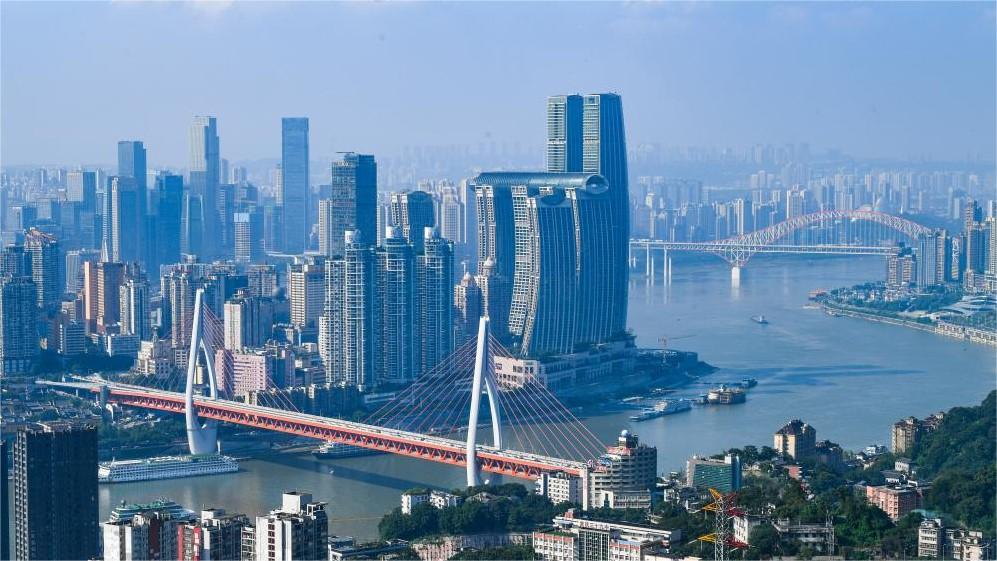Reforms, policies propel financial sector's high-quality development
BEIJING, Oct. 31 (Xinhua) -- China's financial sector has been moving toward high-quality development over the past few years, prompted by sustained efforts to deepen supply-side structural reform, advance opening-up, and coordinate the relationship between development and security.
The following are some facts, figures, and reviews of policies highlighting the financial sector's feats in progressing into high-quality development.
REAL ECONOMY UNDERPINNED
Financial services are the lifeline of the real economy. China boasts the world's largest banking system and second-largest insurance, stock, and bond markets. Its financial system thus vigorously supports the sound development of the economy and society.
From 2014 to September 2023, the second-largest economy saw its outstanding yuan-denominated loans issued to the real economy shoot up to over 230 trillion yuan (about 32.04 trillion U.S. dollars) from 81.43 trillion yuan, with an average annual growth of 10 percent, generally in line with the nominal GDP growth, data from the People's Bank of China (PBOC) reveals.
Financial departments have been tilting resources toward small and micro enterprises, technology innovation, and other priority or weak areas.
Data shows that by the end of September, outstanding inclusive loans issued to small and micro firms had totaled 28.74 trillion yuan. The annual growth rate of such loans stood at a notable level of 25 percent in the past five years.
FINANCIAL STABILITY CEMENTED
Heightened policy focus is not the sole reason for the stable influx of capital to the real economy. During the past few years, China has made solid progress in cracking down on financial risks across medium-sized and small financial institutions so that they could better serve the market.
The number of banks in the high-risk category, among the total 4,368 lenders across the country, almost halved compared with the peak, according to PBOC ratings completed in the fourth quarter of 2022.
Promoting the stable development of the real estate market is also high on the agenda in terms of preventing and defusing significant financial risks.
Previously, the PBOC issued 200 billion yuan worth of special loans to ensure the timely completion of pre-sold housing projects and established policies, including cutting interest rates on existing mortgages for first-home loans and easing mortgage rules.
High-frequency data indicated a rebound in house transactions in major cities, and September credit statistics showed a month-on-month addition of over 100 billion yuan in real estate development loans and individual mortgages.
OPENING-UP DEEPENED
Launching Shanghai-Hong Kong and Shenzhen-Hong Kong stock connect schemes, approving a bond-connect program between the Chinese mainland and Hong Kong, and expanding foreign-invested financial firms' business scope, a series of signals were sent to the world that China has walked the talk on opening-up promises.
Boosted by such a bullish message, foreign-funded businesses continue to double down on investment in China.
By the end of September, 202 banks from 52 countries and regions had set up institutions in China.
Data also shows that 1,110 overseas institutions had gained access to China's bond market, with holdings topping 3.3 trillion yuan by the end of September.
Photos
Related Stories
- Foreign firms satisfied with China's business environment: survey
- China's manufacturing PMI falls in October
- 2nd conference of Global Economic Development and Security Forum of BFA opens in Changsha
- China's non-manufacturing sector maintains expansion in October
- Key meeting sets tone on China's financial development
- U.S. sees massive retail closures amid negative economic trends
Copyright © 2023 People's Daily Online. All Rights Reserved.









